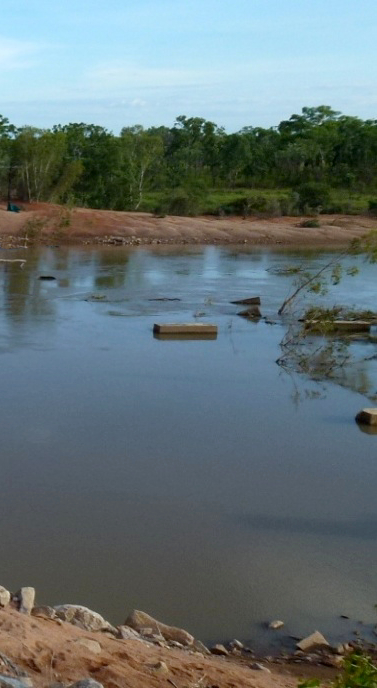Shallow systems studied
 Scientists are studying how climate change will impact the world's shallow-water ecosystems.
Scientists are studying how climate change will impact the world's shallow-water ecosystems.
By 2100, climate change and coastal land usage could result in significant shrinkage of coral habitats, tidal marshes, and mangroves, while macroalgal beds remain stable and seagrass meadows potentially expand, according to new research.
Shallow-water ecosystems absorb a significant amount of carbon dioxide and so are expected to help mitigate climate change.
However, these ecosystems themselves will likely be affected by climate change, including warming seawater.
To help clarify their fate, Hirotada Moki of the Port and Airport Research Institute, Japan, estimated future changes in the total area occupied by the five shallow-water ecosystems thought to be most important: seagrass meadows, macroalgal beds, tidal marshes, mangroves, and coral habitats.
Moki and his team combined data on the ecosystems’ current sizes and distributions with topographic data, and applied a global climate model to calculate potential changes through 2100.
They considered two standardised hypothetical scenarios, one representing the lowest predictions for future greenhouse gas emissions (RCP2.6) and the other the highest (RCP8.5).
The analysis estimates that, by 2100, global coral habitat could shrink by up to 74 per cent.
Meanwhile, seagrass meadows could expand by up to 11 per cent because of a predicted increase in the depth to which photosynthesis-powering sunlight can penetrate these habitats.
For macroalgal beds, that depth is not predicted to vary greatly, resulting in an estimated maintenance of present area through 2100.
The estimates also suggest that tidal marshes and mangroves will retain their present size because shrinkage caused by rising sea level will be offset by expansion to new areas.
However, after accounting for coastal development and land use, the analysis estimates that tidal marshes may shrink by 91.9 per cent and mangroves by 74.3 per cent.
On the basis of these findings, the researchers suggest employing an optimal mix of shallow-water ecosystems and man-made infrastructure to counteract coral-habitat shrinkage.
Meanwhile, appropriate coastal management could harness the climate change-mitigating effects of the other four ecosystems.
“Although global coral habitat considerably can considerably shrink (as much as 75 per cent), other shallow water ecosystems (macroalgal beds, mangroves, tidal marshes and seagrass meadows) can remain or increase in the future. If appropriate coastal management (e.g., to consider the effect of hard infrastructure for landward shift of ecosystems) is achieved, the four shallow water ecosystems can help mitigate the climate change influences,” the authors say.








 Print
Print